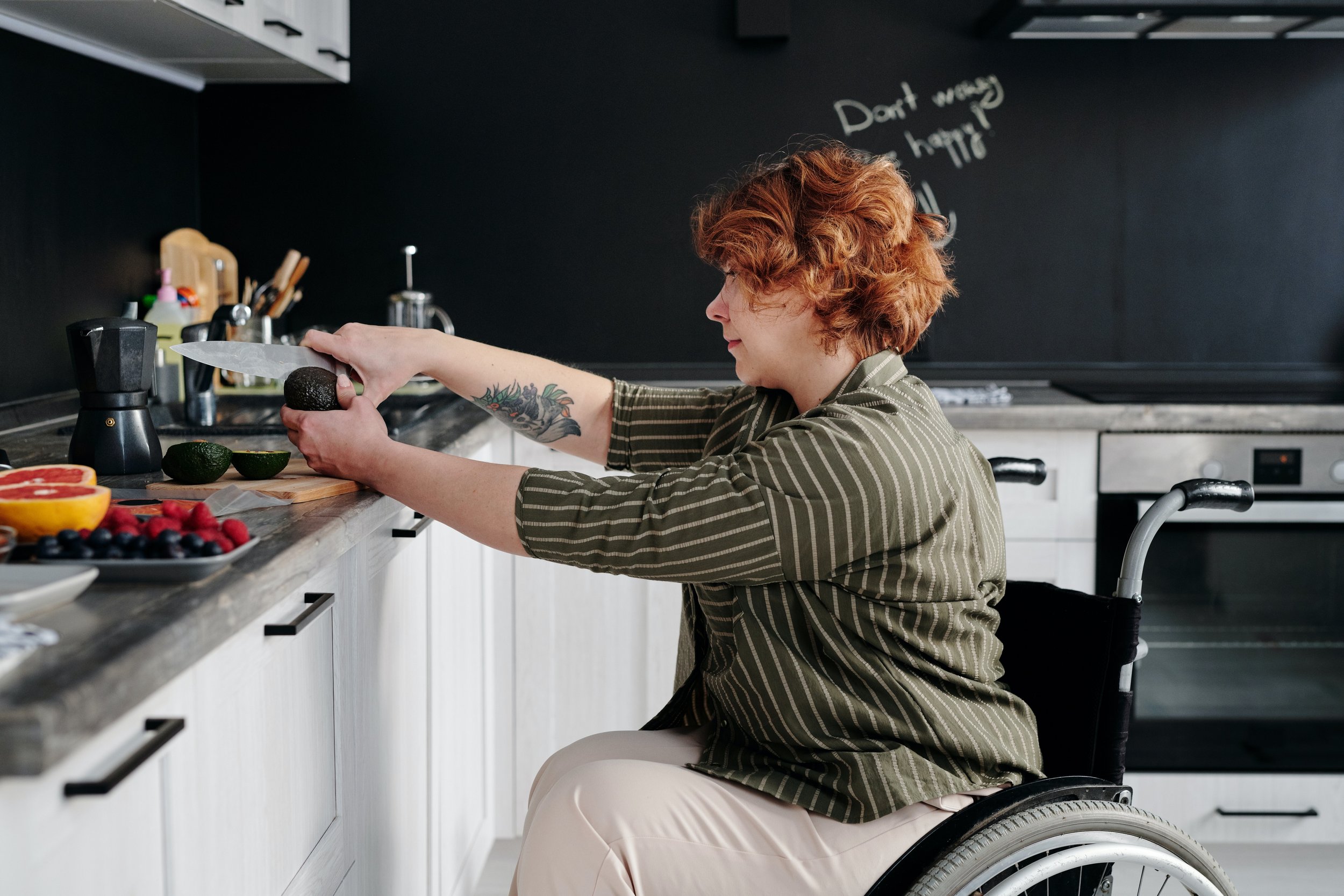The importance of transparent collaboration with all members of the participants’ team
Working in the disability sector for over 30 years has allowed me to see a lot. The practices that work and the ones that don’t.
In the mid-90s, I commenced my journey in this space, and wow, I saw some stuff I don’t ever want to see as being considered “the norm ever again.”
The mid-90s was when things in several spaces were still significantly institutionalised. For example, set routines and times supports, and interventions were delivered based on the medical support model.
Ba bong? Not the best practices were in-forced, and people were supported how it was thought they should be.
This slowly progressed and developed into much better practices (more participant lead) over the years, something I am glad has been the pathway forward.
Some Major buzz words in the sector are “transparent collaboration” and “continuity of care”.
How does this work if all stakeholders don’t collaborate?
Well, it’s simple, they don’t, and who has the most significant impact? The participant.
There is no continuity of care without stakeholder collaboration. Stakeholder collaboration is where agencies and families join together for united problem-solving that focuses on improving services to participants. Hence flows into an increased quality of life experienced.
Without stakeholder collaboration, the impact is often to the detriment of participants.
If all stakeholders are genuinely open and working together for the participant. This places the person at the centre of all intervention and support.
Allowing stakeholder development of Participants’ plans that are much more effective.
Why is stakeholder collaboration essential?
Well, the participants’ needs, desires and aspirations are at the very centre of all interventions and service delivery. This creates a driving force of services that see the participant, hear the participant and act on their specific and unique required services, supports and genuine desires.
Collaboration is when the true magic happens.
It is a rewarding way of working and delivering services, no matter your role or discipline of practice.
This is the best approach to all services and supports for participants.
Collaboration ensures the participants’ team is all on the same page. They can then have a better understanding and insight into each member of the team’s role and what aspects they are currently assisting the participant with. Allowing other care team members an opportunity to adapt, modify, reflect and create better supports that are all interlinked. Supporting the participant to progress and achieve their plan goals cohesively.
The team works better, and the participant relishes a collaborative space. They feel valued and supported and seen as a person first.
Who doesn’t want to feel valued and seen for who they are as a unique human, living a life, having thoughts, feelings, dreams, desires and being driven by self-determination?
This innate instinct drives us all on our individual journeys in life.
Collaboration is a fundamental space all stakeholders need to practice from. Ensuring we all can work in the same area - creating truly driven person-centred supports that sustain continuity of all supports.
What’s the significance of collaboration for stakeholders?
Because stakeholders are all interlinked and working together to meet the needs and genuine desires of the unique individual receiving the services and supports.
When we work collaboratively, we are a driving force, a team with the best in mind for all we serve in the disability sector.
What about the magic? Well, everyone gets to see this happen.
It’s the participant progressing and achieving their goals, moving steadily and progressively on their own life path. Experiencing a life instead of just existing.
Personally, this is the pot of gold, a feeling of riches in your heart to see someone living and experiencing life.
When we work in this way, there is also a ripple effect. All stakeholders learn from each other, gaining a better understanding and insight into different approaches and strategies that work, allowing a more robust team approach.
The significant people on the participants’ team also feel supported. As a result, they can better engage in their roles as the participants’ friends, parents, and significant other and caters.
Fully transparent collaboration may sound scary. But is it really not if you’re willing to reflect and continue to learn, be insightful, and develop more effective practices and approaches.
This saying by Jim Carrol is so true: “if you keep doing what you have always done, you will keep getting what you always have.”
But suppose you step into the space where you are willing to actively listen and learn from others on a stakeholder team. In that case, you will benefit from skills and knowledge that promote personal and professional growth.
The impact on your service delivery will be the magic, and the rewards are the people you serve living life and progressing forward on a continuum.
What better way to provide Service in the disability sector than working collaboratively?
